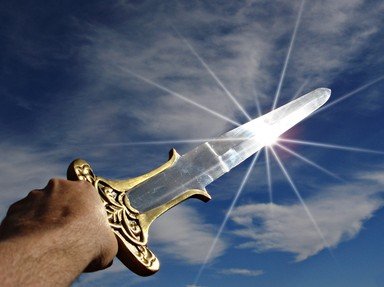Quiz Answer Key and Fun Facts
1. Preserving food in sealed, airtight containers was invented for British forces during World War I, and as a result the famous tinned bully-beef was created.
2. According to popular belief, during the Second World War, the first fatality created as a result of the first Allied bomb to land on Berlin was ______________________?
3. "Limey" (the slang name for Britons used by the Americans) came about because British sailors were issued lemons and/or limes on-board their navy ships.
4. The Roman army used superior military tactics to defeat their enemies in battle. Which of these terms are NOT a weapon or hand held defensive object?
5. What was the name of the submarine that launched the first ever submarine attack?
6. The first submarine attack occurred during what war?
7. According to the British version of events, what sank the German U-Boat, U-28, in 1917 during an attack on the English vessel, the SS Olive Branch?
8. Nine days before the USS Arizona was sunk by dive bombers at Pearl Harbor, a photo of the ship was released with the captioned words: "It is significant that despite the claims of air enthusiasts no battleship has yet been sunk by bombs".
9. The name of the squadron that was led by Manfred "the Red Baron" Von Richthofen during World War One was known as the Flying _____________?
10. On 1 September 1939, German troops invaded Poland and World War II commenced. As part of the Blitzkrieg tactics the Germans overwhelmed the Poles in just over a month.
In terms of material losses for the German Army, in what order did the losses occur? (highest losses of equipment to the lowest)
Source: Author
Lssah
This quiz was reviewed by FunTrivia editor
bloomsby before going online.
Any errors found in FunTrivia content are routinely corrected through our feedback system.

